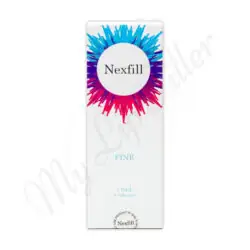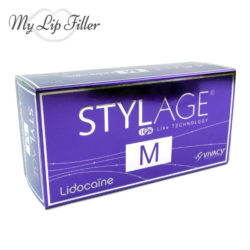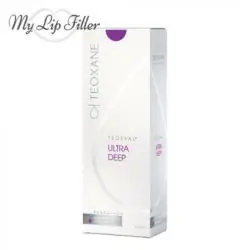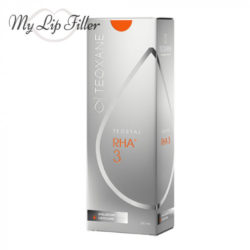Dermal fillers are a true revolution in the world of aesthetic procedures. For decades it has been dominated by traditional plastic surgery and various invasive procedures, which not only cost quite a bit but also required significant downtime and were quite unpleasant or even painful. As opposed to that, performing wrinkle removal or facial enhancement via a filler with lidocaine is nearly instant and has only modest adverse effects, which normally subside in just a couple of days.
Fillers, as a whole, are simply a more flexible and convenient solution. A typical rejuvenating procedure using one, whether based on Hyaluronic acid or other types of dermal fillers only lasts 30 minutes or so. Once done, the patient will normally proceed with their normal daily schedule. As opposed to that, bedtime is almost mandatory with traditional plastic surgery. And there is always the risk of the person not liking the result, fixing which could be just inconvenient and cost more. Not the case, especially with HA-based fillers, which not only dissolve on their own but that process can be sped up quite a bit using the Hyaluronidase enzyme.
Still, even an immensely less invasive option for facial rejuvenation and augmentation, such as dermal fillers, has its inconveniences. Those typically include:
- Minor pain during the procedure
- Skin redness
- Moderate swelling
- Possible itching
- Post-procedure pain
While most of the symptoms are related to the minor adverse effects following the skin volumizing procedure, some people complain about discomfort and moderate pain during the actual process. Even though standard HA gel application is still much less uncomfortable than surgery, using a dermal filler with lidocaine would completely take care of any such issues during the procedure.
Lidocaine in Dermal Fillers
A lot of brands will offer different types of dermal fillers with and without Lidocaine. Although there are exceptions, typically there is no difference in specifications of the Hyaluronic gel, outside of the standard 0.3% of Lido, added to it. In other words, Stylage M with Lidocaine is the same as without, same for Restylane Lyft with and without, etc. This allows the customers to make the choice themselves based on their preferences.
In other words, there is little tangible difference. Unless the patient has some specific intolerance, dermatologists and licensed practitioners will often use topical numbing cream when using dermal fillers, to make the whole procedure more pleasant for their patients and customers. Sometimes, Hyaluronic acid gel for wrinkles treatment that is without Lidocaine will cost less than products with, but the price difference is usually marginal. This is usually more common with European and North American brands, while their Korean counterparts tend to maintain price parity in that regard.
Thus, using Lidocaine facial fillers is first and foremost a matter of convenience and personal comfort. As far as results are concerned, products without it will give the same skin volumizing effect, and local anesthetic in the form of topical solutions can offer a similar effect. However, when dermal fillers contain Lido, they remove an extra layer of complexity and make the whole beauty procedure even more convenient.
Showing 1–12 of 73 results
-

A-Jax Keen Cozy (1 x 1.1ml)
$41.00 Add to cart -

A-Jax Keen Sublime (1 x 1.1ml)
$41.00 Add to cart -

A-Jax Keen Vivid (1 x 1.1ml)
$41.00 Add to cart -
Sale!

Elasty D Plus Double Filler (2 x 1ml)
Original price was: $79.00.$75.05Current price is: $75.05. Add to cart -
Sale!

Elasty F Double Filler (2 x 1ml)
Original price was: $79.00.$75.05Current price is: $75.05. Add to cart -
Sale!

Elasty G Plus Double Filler (2 x 1ml)
Original price was: $79.00.$75.05Current price is: $75.05. Add to cart -

Nexfill Deep (1 x 1ml)
$44.00 Add to cart -

Nexfill Fine (1 x 1ml)
$44.00 Add to cart -

Stylage M with Lidocaine (2 x 1ml)
$171.00 Add to cart -

Stylage Special Lips with Lidocaine (1 x 1ml)
$93.00 Add to cart -
Sale!

Teosyal Puresense Ultra Deep (2 x 1.2ml)
Original price was: $235.00.$223.25Current price is: $223.25. Add to cart -
Sale!

Teosyal RHA 3 (2 x 1ml)
Original price was: $252.00.$239.40Current price is: $239.40. Add to cart











